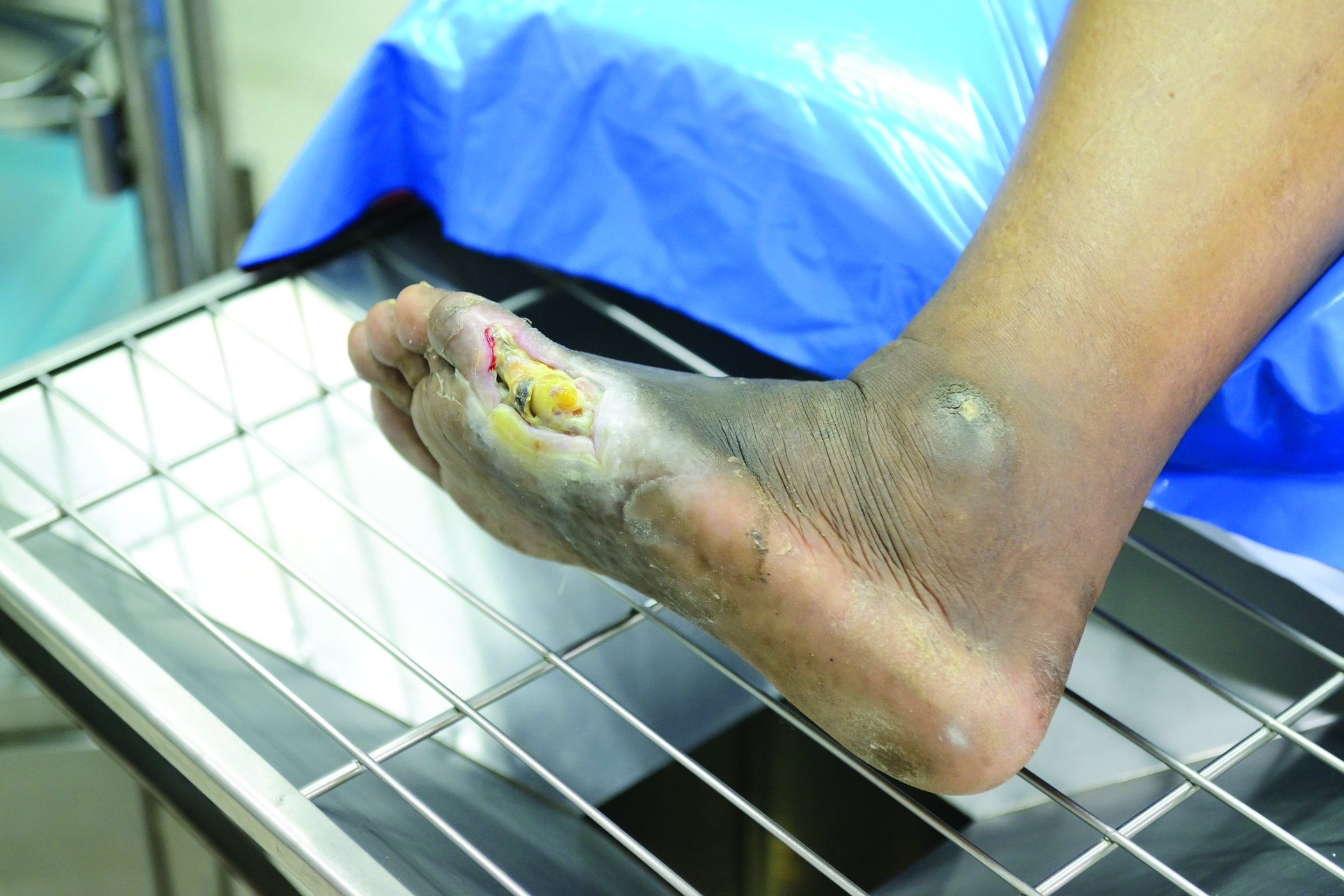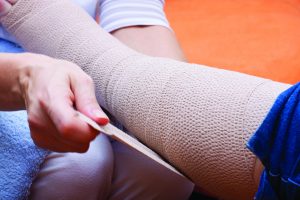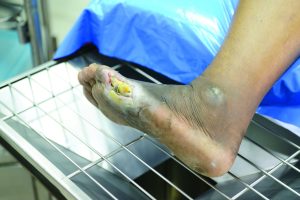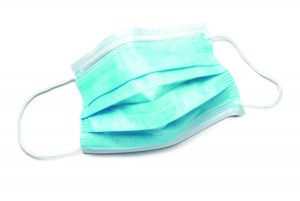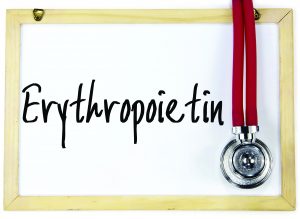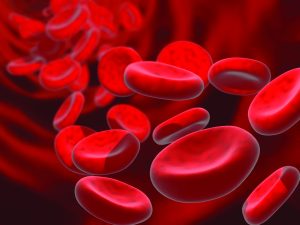Leg revascularization fails to improve outcomes in nursing home patients
Lower-extremity revascularization often fails to improve outcomes in nursing home patients, according to an article in JAMA Internal Medicine.
“Functional outcomes after lower extremity revascularization in nursing home residents: A national cohort study” found that few patients are alive and ambulatory a year after surgery, and those who are alive have little, if any, gain in function. The study, which included 10,784 patients, was based on data from nursing homes participating in Medicare or Medicaid.
The results indicate that the decision to have surgery should be made after considering several factors, including goals for care, such as pain relief. However, the researchers note that ambulation “may not be the primary objective of treatment and may be impossible to obtain.”
Risk score for amputation developed
Researchers have developed a risk score for amputation that can be easily used in clinical practice, according to an article in Diabetes Care. The Eurodiale score ranges from 0 to 4.5, with a higher score reflecting a greater risk.
“Predictors of lower-extremity amputation in patients with an infected diabetic foot ulcer” notes that the new score may have better prognostic accuracy than the International Working Group on the Diabetic Foot classification system, but more research is needed.
Infection prevention guidance for hospital visitors released
The Society for Healthcare Epidemiology of America has published “Isolation precautions for visitors” in Infection Control & Hospital Epidemiology. The guidance is intended to reduce the potential for visitors in healthcare facilities to spread infections.
Recommendations include hand hygiene before entering and after leaving a patient’s room and using surgical masks when visiting patients under droplet or airborne precautions. Guidance based on pathogen type is also provided.
Weekend admission increases risk of HACs
A study in BMJ reports that weekend admission to the hospital increases the likelihood of hospital-acquired conditions (HACs), cost, and length of stay.
“Incidence of ‘never events’ among weekend admissions versus weekday admissions to US hospitals: National analysis” notes that after adjusting for patient and hospital cofactors, the probability of having one or more HACs is more than 20% higher in weekend admissions compared with weekday admissions.
Position statement on diabetes self-management education released
“Diabetes self-management education and support in type 2 diabetes: A joint position statement of the American Diabetes Association, the American Association of Diabetes Educators, and the Academy of Nutrition and Dietetics,” published in Diabetes Care, includes an education algorithm that defines when, what, and how diabetes self-management education and support should be provided for adults with type 2 diabetes.
The algorithm notes four critical times to “assess, provide, and adjust diabetes self-management education and support”—diagnosis, annual assessment, when new complicating factors occur, and when transitions in care occur. It also contains action steps and notes detailing when the primary care provider or specialist should consider referral.
EPO may improve some outcomes for SCI patients with pressure ulcers
Recombinant human erythropoietin (EPO) may improve outcomes for some patients with spinal cord injuries (SCI) who have chronic pressure ulcers, according to a pilot study in Ostomy Wound Management.
“The prevalence of anemia of chronic disease in patients with spinal cord injuries and pressure ulcers and the impact of erythropoietin supplementation on wound healing: A descriptive pilot study” reports that the prevalence of pressure ulcers in the SCI outpatient population is at least 35%, and the authors recommend greater vigilance of patient nutrition.
Cilostazol may prevent foot ulcers in patients with diabetes
The International Wound Journal has published “Cilostazol prevents foot ulcers in diabetic patients with peripheral vascular disease.”
The study, which included 31 patients without claudication who did not receive cilostazol and 47 patients with claudication who received cilostazol for 24 weeks, had a median follow-up of 16 months. During the follow-up, 4% of the patients who received cilostazol had the start of foot ulceration, compared with 35% of those who did not receive the drug.
Risk factors for surgical wound dehiscence identified
“Determining risk factors for surgical wound dehiscence (SWD): A literature review,” in International Wound Journal, reports that obesity and wound infection, particularly in the case of abdominal surgery, are the most common risk factors for surgical wound dehiscence, based on an analysis of 15 papers.
However, the researchers found limited reporting of variables associated with SWD across other surgical domains, a lack of risk assessment tools, and a lack of clarity in the definition of SWD.
Tap water effect in reducing colonization of skin wounds studied
Skin wound irrigation with tap water leads to further reduction of gram-positive bacteria compared with 0.9% sodium chloride sterile solution, with no difference in colonization of hemolytic bacteria, gram-negative bacteria, and fungi, according to a study in International Wound Journal.
“Tap water versus sterile saline solution in the colonisation of skin wounds” also found that the colony-forming unit count before and after irrigation was similar in wounds irrigated with tap water and wounds irrigated with 0.9% sodium chloride sterile solution.
Topical hemoglobin spray effective for chronic venous leg ulcers
The study “Expected outcomes from topical haemoglobin spray in non-healing and worsening venous leg ulcers,” published in the Journal of Wound Care, found that topical hemoglobin spray is more effective than standard treatment alone.
The researchers created simulated data for 25,000 “patients” based on analysis of 36 patients who received standard care and 36 who received standard care and the hemoglobin spray. They then used the data to forecast healing outcomes over 12 months, with 85% of wounds that received the spray expected to heal compared with 13% in the standard-care group.
Factors affecting closure of temporary ileostomies identified
End ileostomy and intra-abdominal abscess delay reversal of temporary ileostomies, according to a study in the International Journal of Colorectal Disease.
“Factors affecting timing of closure and non-reversal of temporary ileostomies” identified age, end ileostomy, higher body mass index, and preoperative radiotherapy as factors for nonreversal.
Of the 485 ileostomies that were intended to be temporary, 26% remained permanent.
DISCLAIMER: All clinical recommendations are intended to assist with determining the appropriate wound therapy for the patient. Responsibility for final decisions and actions related to care of specific patients shall remain the obligation of the institution, its staff, and the patients’ attending physicians. Nothing in this information shall be deemed to constitute the providing of medical care or the diagnosis of any medical condition. Individuals should contact their healthcare providers for medical-related information.

